#theodor sparkuhl
Explore tagged Tumblr posts
Text
Dread by the Decade: Among the Living
👻 You can support me on Ko-Fi! ❤️

★★★
Plot: A wealthy man's imprisoned twin brother, believed dead, breaks free and leaves behind him a trail of violence.
Review: As intriguing as it is unrealistic, this film is served well by its strong leads and ideas, despite a dated handling of mental illness.

Year: 1941 Genre: Psychological Horror, Noir Country: United States Language: English Runtime: 1 hour 9 minutes

Director: Stuart Heisler Writers: Garrett Fort, Lester Cole Cinematographer: Theodor Sparkuhl Editor: Everett Douglas Composer: Gerard Carbonara Cast: Albert Dekker, Harry Carey, Susan Hayward, Frances Farmer, Gordon Jones, Jean Phillips, Ernest Whitman

------
Story: 3/5 - Dated treatment of mental illness aside, its biggest failure is how it plays its silly concept so straight. Still, there are moments of genuine tension and intrigue.
Performances: 4/5 - Hayward is wonderfully charming, and Dekker is great as the violent yet innocent Paul, evoking moments of genuine sympathy. His John is a bit flat, but that is more the fault of the story.
Cinematography: 3.5/5 - Solid use of shadows and creative angles.

Editing: 4/5 - The chaotic bar scene is perfectly frantic in its editing.
Music: 2.5/5 - Appropriate albeit a bit generic.
Effects & Props: 4/5 - Paul and John appear on screen together fairly seamlessly.
Sets: 3.5/5 - Decent, though the Raden house feels cartoony.
Costumes, Hair, & Make-Up: 4/5

Trigger Warnings:
Mild violence
Gendered violence
Brief discussion of domestic abuse
Dated portrayal and stigmatization of mental illness
Uncritical portrayal of black men as domestic workers
#Among the Living (1941)#Among the Living#Stuart Heisler#American#psychological horror#Dread by the Decade#review#1940s#make queue vile
7 notes
·
View notes
Text
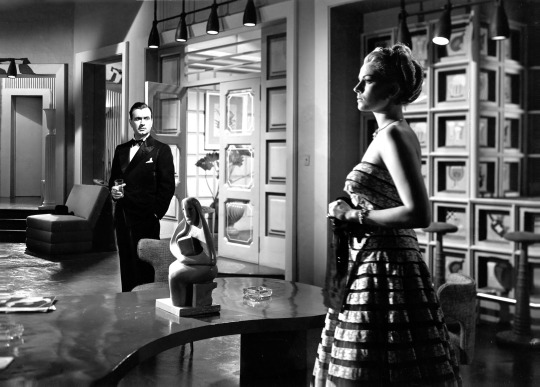
#NoirCity21 opens this Friday, Jan 19, 7:30 PM at Oakland's Grand Lake Theatre with our newest restoration project NEVER OPEN THAT DOOR. Eddie Muller will be signing his books up in the mezzanine, 6pm-7pm. Tix: http://NoirCity.com
Restoration performed by UCLA Film & Television Archive.
Program notes follow.
FRIDAY, JANUARY 19:
7:30
World Premiere FNF Restoration!
NEVER OPEN THAT DOOR | NO ABRAS NUNCA ESA PUERTA
Argentina, 1952. Estudios San Miguel. 85 minutes
Screenplay by Alejandro Casona, from two short stories by Cornell Woolrich (William Irish)
Produced and directed by Carlos Hugo Christensen
More noir films have been based on the stories of Cornell Woolrich than any other writer, and NOIR CITY is proud to present this brand-new restoration of one of the best of those adaptations. In “Someone’s on the Phone,” Ángel Magaña plays a man bent on avenging the death of his sister, driven to suicide by gambling debts. In “The Hummingbird Comes Home,” Roberto Escalada portrays a racketeer who brings the gang to his boyhood home to lay low after a robbery. His blind madre doesn’t approve. Originally a three-part anthology of Woolrich tales, Never Open That Door was released separately from the 73-minute If I Should Die Before I Wake, also adapted by Casona and Christensen. Benefitting from the incredible cinematography of Pablo Tabernero, this is one of the most evocative realizations of Woolrich ever produced, featuring masterful sequences of sustained suspense. Said Buenos Aires film critic Horacio Bernades, “Rarely has an Argentine film been more purely cinematic than this.”
CAST: Someone on the Phone: Ángel Magaña (Raúl), Renée Dumas (Luisa), Diana de Córdoba (Nelly), Nicolás Fregues (money lender), Pedro Fiorito, Orestes Soriani, Percival Murray, Rosa Martín , Arnoldo Chamot. The Hummingbird Comes Home: Roberto Escalada (Daniel), Ilde Pirovano (the mother), Norma Giménez (María), Luis Otero (Juan)
9:30
STREET OF CHANCE
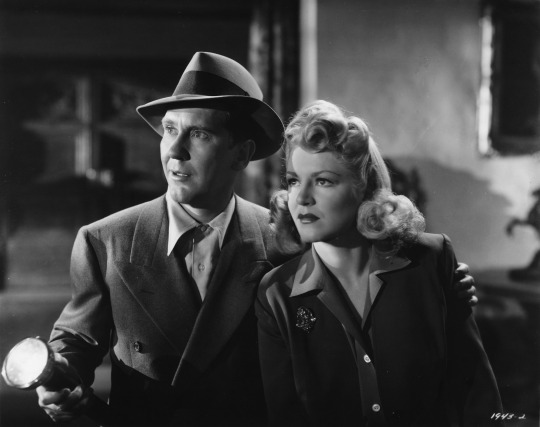
United States, 1942. Paramount [Universal]. 74 minutes
Screenplay by Garrett Fort, based on the novel The Black Curtain by Cornell Woolrich
Produced by Burt Kelly. Directed by Jack Hively
The first case of amnesia in the film noir era comes with a typically intriguing Woolrichian twist. Frank Thompson survives a near fatal accident only to have the shock partially restore his memory! He realizes he’s lived the past several years as someone other than his true self. With the help of his incredulous girlfriend Ruth, Frank embarks on a nocturnal quest to determine his true identity. This modest offering from the B-unit at Paramount benefits from some A-list contributors, principally stars Burgess Meredith and Claire Trevor, and director of photography Theodor Sparkuhl, whose contributions to the look of early ’40s noir have gone largely unheralded. A wonderful gallery of supporting characters skitter and sneak through Frank’s waking nightmare, well rendered by journeyman director Jack Hively who had previously helmed many entries in RKO’s mystery series The Saint.
CAST: Burgess Meredith (Frank Thompson), Claire Trevor (Ruth Dillon), Louise Platt (Virginia Thompson), Sheldon Leonard (Joe Marucci), Frieda Inescort (Alma Diedrich), Jerome Cowan (Bill Diedrich), Adeline deWalt Reynolds (Grandma Diedrich), Arthur Loft (Sheriff Stebbins), Clancy Cooper (Burke), Ann Doran (Miss Peabody), Paul Phillips
#film noir#eddie muller#noir city#noir city 21#film noir festival#film restoration#don't open that door#street of chance#cornell woolrich
7 notes
·
View notes
Text

Ida Lupino and Ronald Colman in The Light That Failed (William A. Wellman, 1939)
Cast: Ronald Colman, Walter Huston, Muriel Angelus, Ida Lupino, Dudley Digges, Ernest Cossart, Ferike Boros, Pedro de Cordoba, Colin Tapley, Ronald Sinclair, Sarita Wooton, Halliwell Hobbes. Screenplay: Robert Carson, based on a novel by Rudyard Kipling. Cinematography: Theodor Sparkuhl. Art direction: Hans Dreier, Robert Odell. Film editing: Thomas Scott. Music: Victor Young.
Screenwriter Robert Carson and director William A. Wellman do an efficient job of condensing Rudyard Kipling's 1891 novel The Light That Failed, leaving in not only the source's colonialism and resentment at the commercialization of art but also the hints of a queer subtext. For like most writers who choose war and adventure as their subject, Kipling tended to focus more on male bonding than on heterosexual relationships. Dick Heldar (Ronald Colman) is an artist who shares lodgings with a war correspondent named Torpenow (Walter Huston); they met in Sudan, where Heldar was wounded while saving Torpenow's life. His paintings based on his wartime sketches earn Heldar some wealth and celebrity, but he wants to be a "real" artist. He meets a childhood friend, Maisie (Muriel Angelus), who is also an artist, but whose career had not taken off as Heldar's had done. They have a platonic relationship that Heldar is interested in developing into something more, but she goes back to her studies in Paris. One night, Torpenow finds a streetwalker named Bessie Broke (Ida Lupino) who collapsed from hunger on the street and brings her back to the flat. Bessie makes a play for Torpenow, offering to keep house for him, but Heldar nixes it, angering her. Still, she agrees to model for Heldar, who finds her face interesting. He paints a portrait that blends her expression with Maisie's face, and is convinced that it will make his reputation as a serious artist, but just as he completes it, he goes blind, a consequence of the wound he received in Sudan. Despite some strain at stuffing all of this exposition and its fateful consequences, along with somewhat eccentric character relationships, into a 99-minute movie, The Light That Failed is a solid melodrama and an early triumph for Lupino, who makes the most of a role she eagerly sought. Colman wanted Vivien Leigh to play Bessie and didn't get along at all with Wellman, so he reportedly displayed some pique during the filming.
1 note
·
View note
Photo
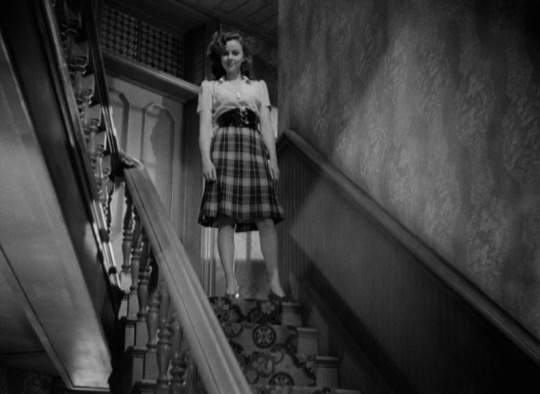
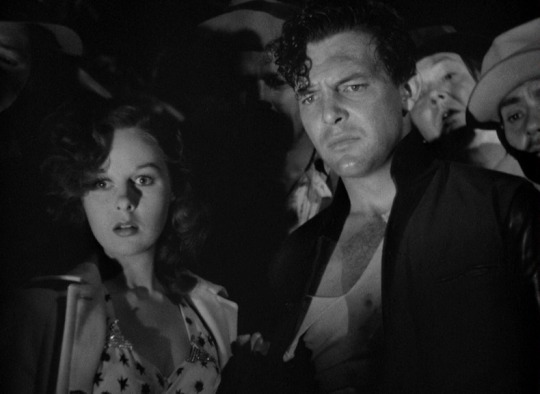
among the living (us, heisler 41)
8 notes
·
View notes
Photo
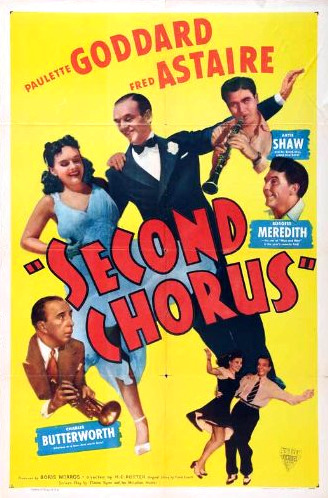
Second Chorus (1940)
by H. C. Potter Al fin solos Comedia / Romance 84 mn - United States of America
youtube
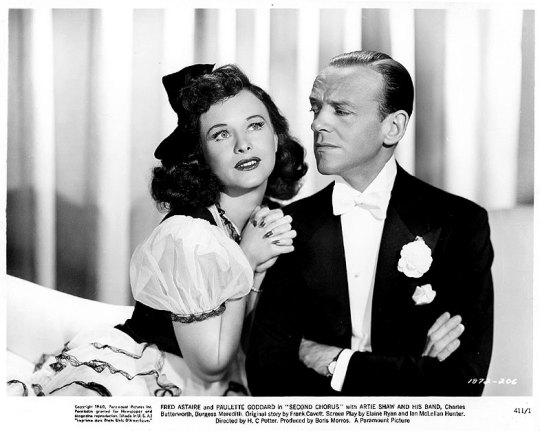
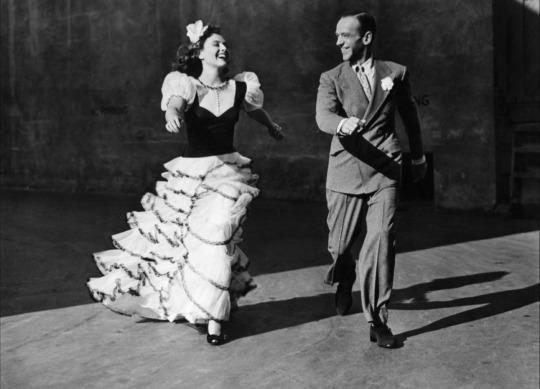
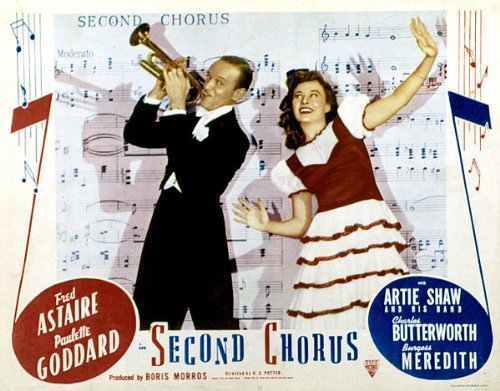
#1940#40s#h. c. potter#musical#comedy#romance#artie shaw#fred astaire#paulette goddard#burgess meredith#theodor sparkuhl#ian mclellan hunter#elaine ryan#boris morros#robert stillman
2 notes
·
View notes
Photo
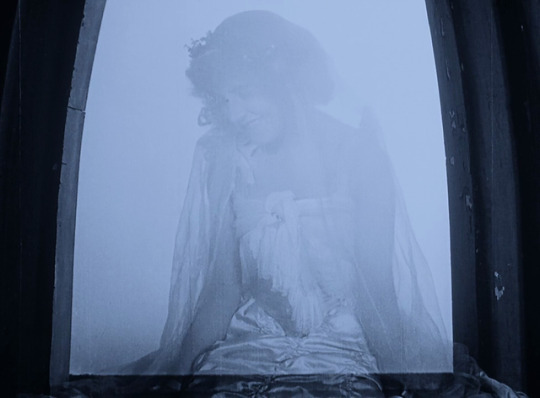
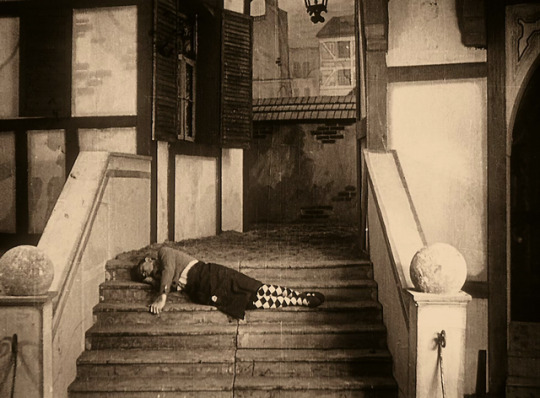
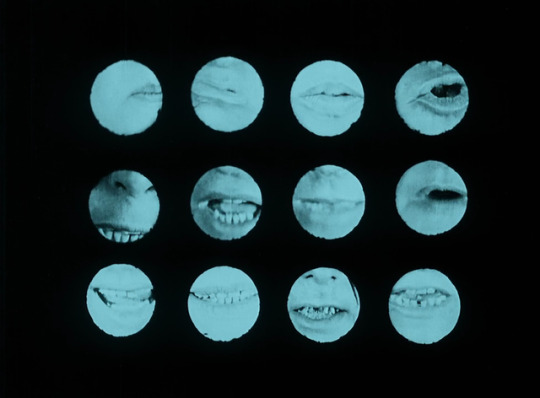
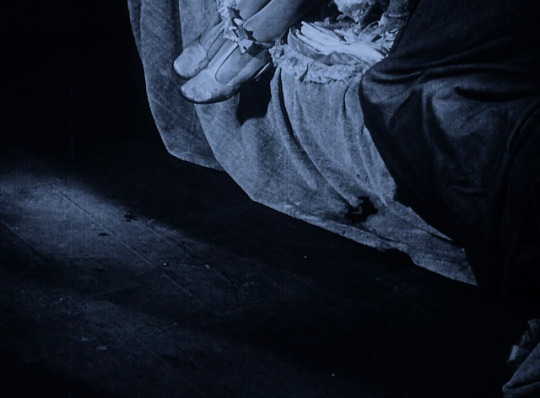

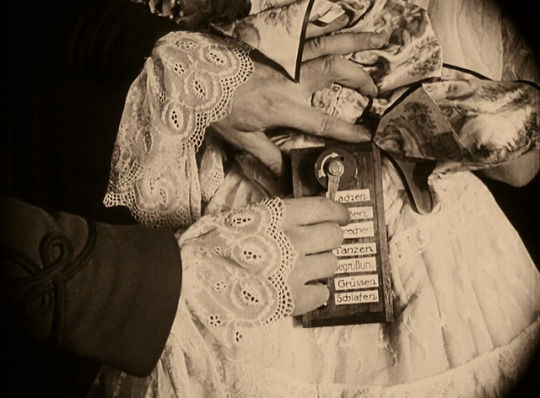
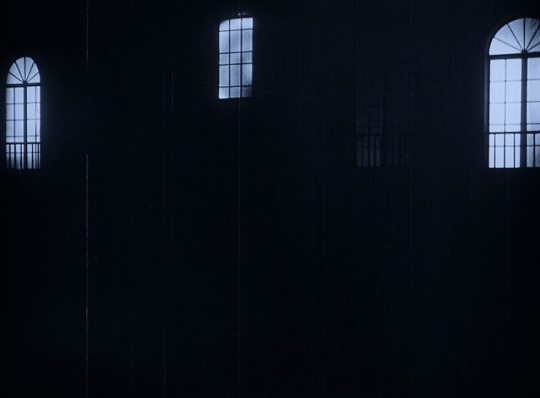
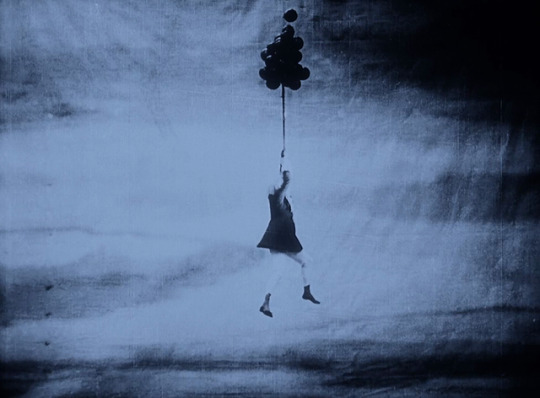
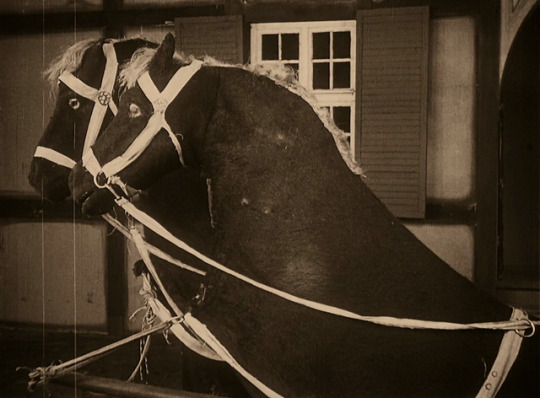

Die Puppe (Ernst Lubitsch, 1919).
#ernst lubitsch#die puppe (1919)#e.t.a. hoffmann#theodor sparkuhl#kurt waschneck#kurt richter#die puppe#the doll#the doll (1919)#la muñeca#la muñeca (1919)#sesión de madrugada#sesiondemadrugada#movie stills#movie frames
132 notes
·
View notes
Photo

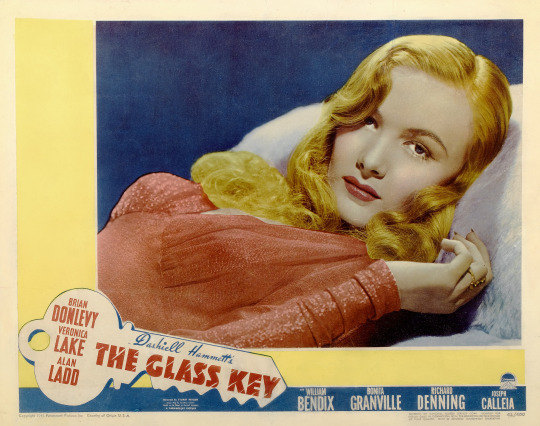

This is a good one and it is on DVD and BluRay.
THE GLASS KEY Paramount, 1942. Directed by Stuart Heisler. Camera: Theodor Sparkuhl. With Brian Donlevy, Veronica Lake, Alan Ladd, Bonita Granville, Richard Denning, Joseph Calleia, William Bendix, Frances Gifford, Donald MacBride, Margaret Hayes, Moroni Olsen, Eddie Marr, Arthur Loft, George Meader, Pat O'Malley, Ed Pell, Sr., James Millican, Jack Mulhall.
19 notes
·
View notes
Text
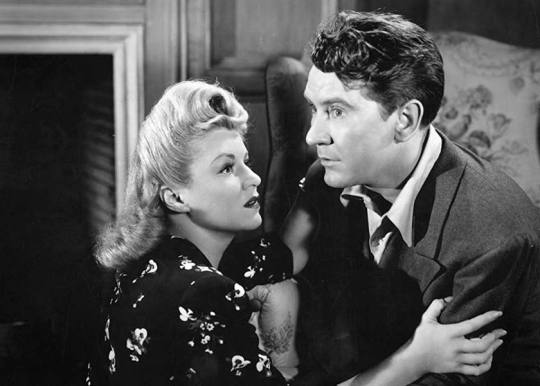
Claire Trevor and Burgess Meredith in Street of Chance (1942), photographed by Theodor Sparkuhl. Ted was born in Hannover, Germany, and had 141 cinematography credits, from a 1916 German short, his first English language production, in England, approximately 1929, his first Hollywood production, approx, 1933, to 1946. His entries among my best 1,001 movies are The Texans, Beau Geste and Murder He Says. His other honorable mentions are Four Hours to Kill, and Among the Living.
0 notes
Photo
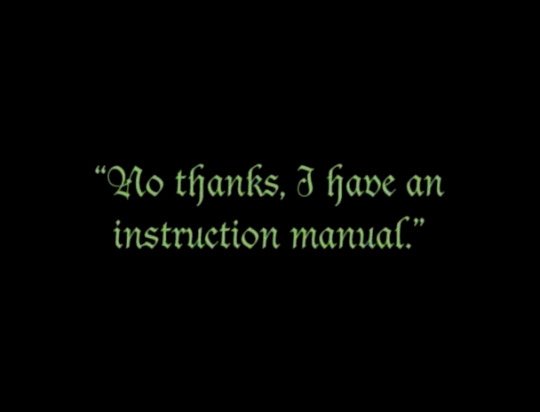
Die Puppe, Ernst Lubitsch (1919)
Cinematography: Theodor Sparkuhl, Kurt Waschneck | Germany
#The Doll#Die Puppe#La Poupée#Ernst Lubitsch#Silent Movies#German Expressionism#Intertitles#Green#1919
3 notes
·
View notes
Photo
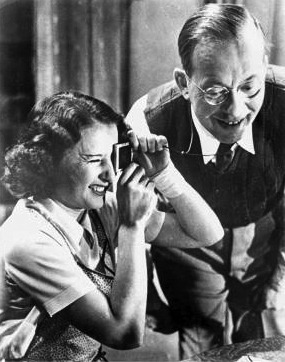
15 notes
·
View notes
Photo
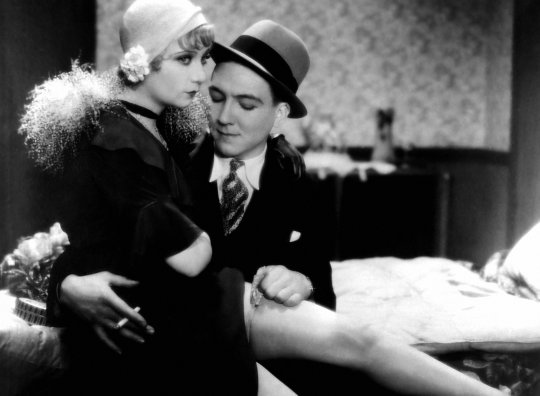
Janie Marèse and Georges Flamant in La Chienne (Jean Renoir, 1931)
Cast: Michel Simon, Janie Marèse, Georges Flamant, Roger Gaillard, Romain Bouquet, Pierre Desty, Mlle. Doryans, Lucien Mancini, Jane Pierson, Sylvain Itkine, Magdeleine Bérubet. Screenplay: Jean Renoir, based on a novel by Georges de la Fouchardière. Cinematography: Theodor Sparkuhl. Art direction: Marcel Courmes. Film editing: Pál Fejös, Denise Tual.
Seeing Michel Simon as the milquetoast Maurice Legrand in La Chienne after L'Atalante (Jean Vigo, 1934) and Boudu Saved From Drowning (Jean Renoir, 1932) is something of a revelation, even if at the end of La Chienne he has become something like Boudu. But the entire film is a revelation: The second sound film by Renoir, it demonstrates an innovative mastery of what was essentially a new medium, one that even the Americans who claimed to have invented synchronized sound were still struggling with. Renoir -- with the help of sound technicians Denise Batcheff and Marcel Courmes -- creates an auditory ambience still rare in 1931, relying on dialogue and sound effects created on set and not in post-production. The most often-cited example is the rasp of the paper knife held by Lulu (Janie Marèse) as she cuts the pages of the book she's trying to read -- just before Legrand kills her with it. But the film is full of small auditory details like the squeaking of the shoes worn by the defense attorney (Sylvain Itkine) as he paces nervously back and forth before his doomed client, Dédé (Georges Flamant). But beyond the technical mastery, which also includes some brilliant camerawork by cinematographer Theodor Sparkuhl, the film is a tour de force of bitter irony, not least because Renoir keeps it from falling into sensationalism or unrelieved darkness. Legrand, initially the henpecked husband to a termagant (Magdeleine Bérubet), brings calamity to several lives, not only those of Lulu and Dédé, but also those of his wife and her supposedly dead ex-husband (Roger Gaillard). And yet, at the film's end he survives, not only unbroken but in many ways a stronger man than he was at the film's beginning. His story is framed as a puppet show with, as a puppet claims, "no moral message." But though Legrand commits fraud, adultery, and murder without receiving the official punishment of the law, the moral is aimed at those who scorned and abused him: Beware the worm who may turn and prove to be a viper.
1 note
·
View note
Photo
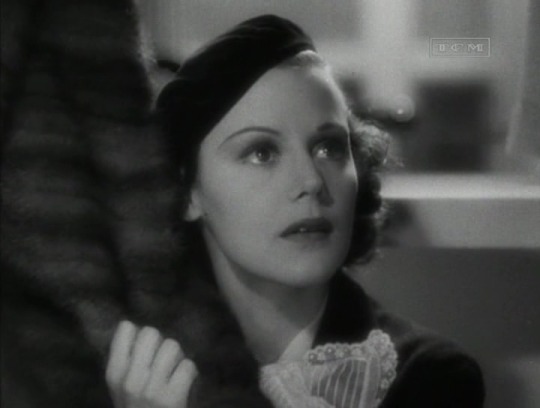
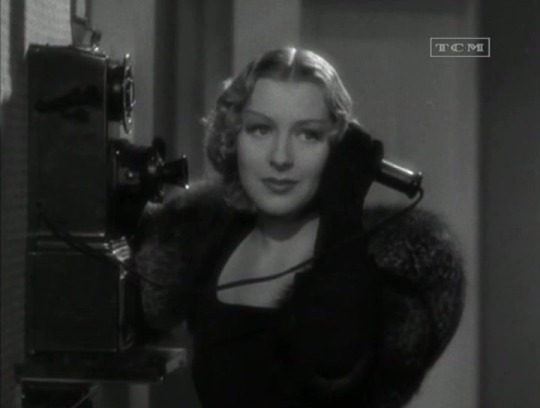
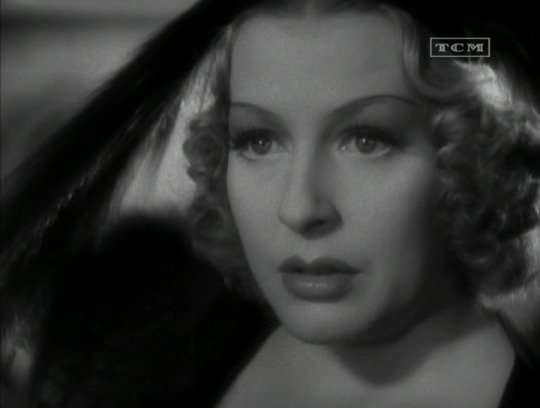
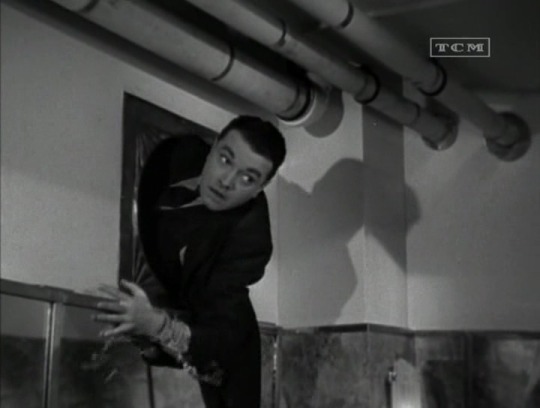
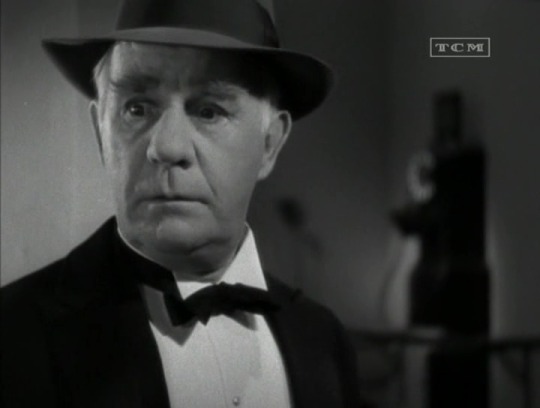
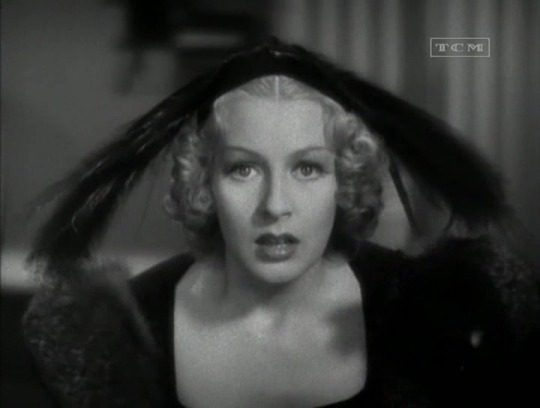
four hours to kill (us, leisen 35)
#four hours to kill#mitchell leisen#gertrude michael#helen mack#henry travers#richard bartelmess#theodor sparkuhl
4 notes
·
View notes
Text
TODAY IN GINNY!-Theodor Sparkuhl (1894)
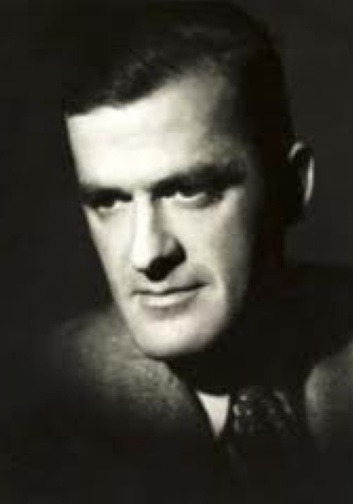
Theodor Sparkuhl (1894) was a German born cinematographer. His career is fairly evenly split he worked the first half of it in Germany and France and the second half in Hollywood. Since he came to Paramount when he came to America, he hit on one Weidler film, THE BIG BROADCAST OF 1937. His other films include THE GLASS KEY, STAR-SPANGLED RHYTHM, BEAU GESTE, and BLOOD ON THE SUN. it can be reasonably argued that he was just hitting his stride and receiving better and better assignments at the end of his life. He died on June 13, 1946.
0 notes
Photo
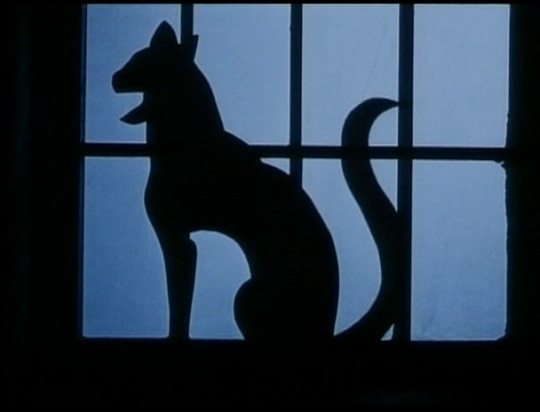
Die Puppe, Ernst Lubitsch (1919)
Cinematography: Theodor Sparkuhl, Kurt Waschneck | Germany
#The Doll#Die Puppe#La Poupée#Ernst Lubitsch#Silent Movies#German Expressionism#Cats#Animals#Windows#Blue#1919
1 note
·
View note
Photo
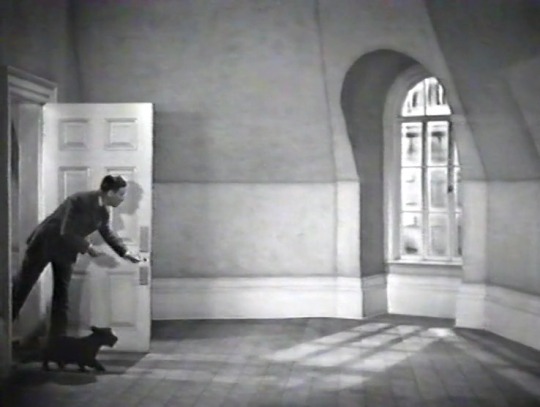
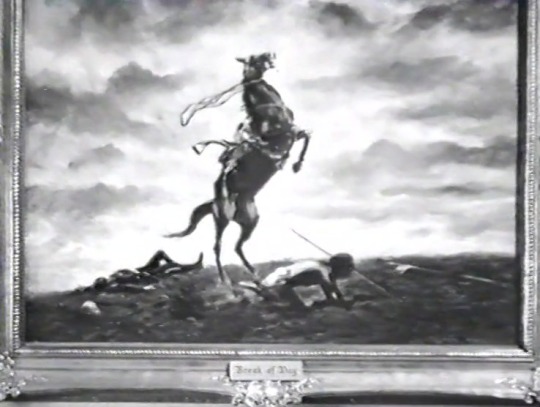

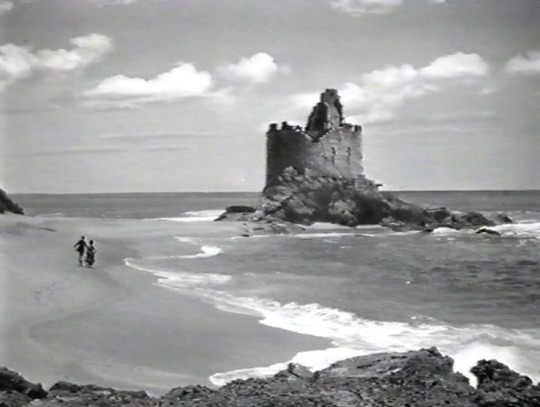
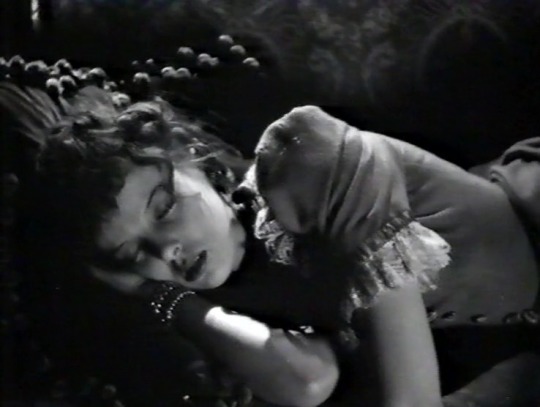
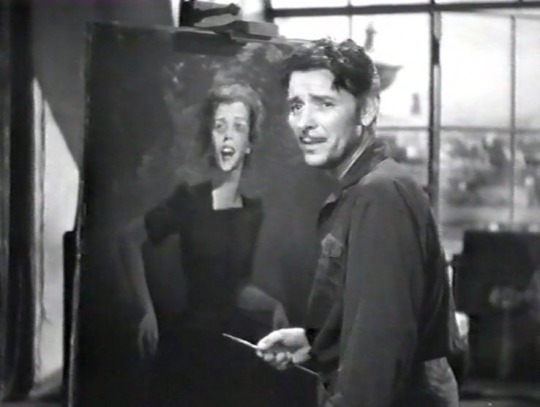
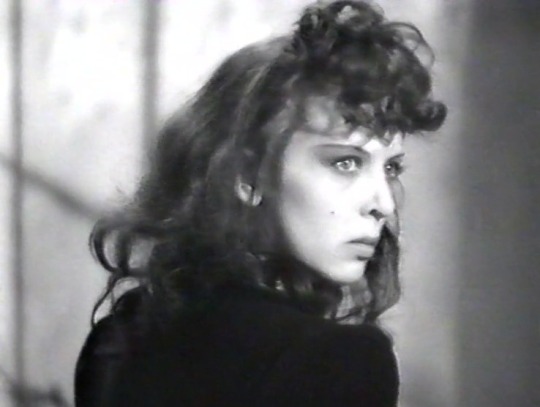

the light that failed (us, wellman 39)
6 notes
·
View notes
Photo






salty o’rourke (us, walsh 45)
#salty o'rourke#roaul walsh#alan ladd#gail russell#stanley clements#marjorie woodworth#theodor sparkuhl
4 notes
·
View notes